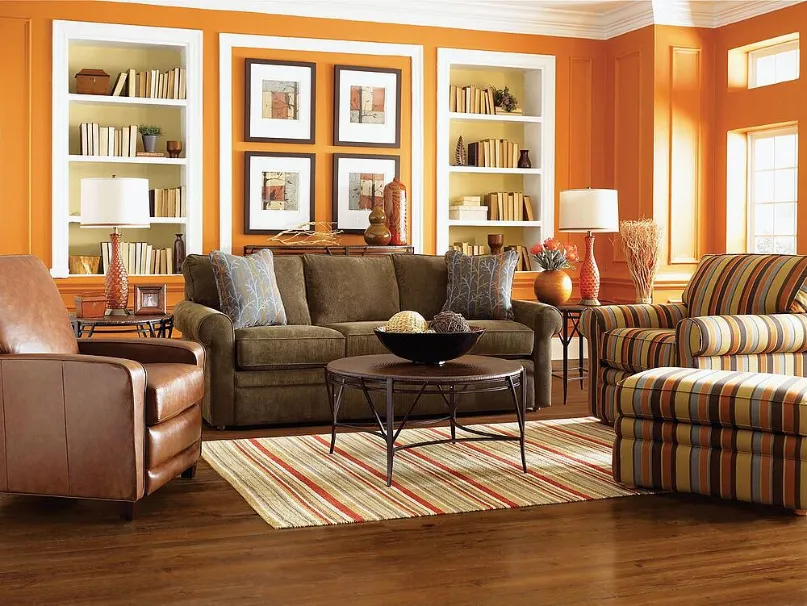Furniture designs with iconic histories spanning from midcentury modernism to contemporary classics have an extensive history, and can often be found today in retail stores; some pieces may even no longer be produced.
In this article, we take a closer look at some of the world’s best known designers and their iconic furniture pieces – from Eames lounge chairs and ottomans to Flos lamps – highlighting some of the most remarkable designers from this century.
Eames
Charles Eames and Ray Eames, an influential American married couple who made lasting contributions to modern American culture through architecture, industrial design, photography and photography were the creators of many iconic furniture designs that made an impactful statement about who Americans were as individuals and as citizens. They created such timeless classics as the Eames Lounge Chair; one such design they produced together is called an “Eames Chair”.
Eames produced innovative designs using experimental materials like plywood and fiberglass throughout their career, revolutionizing American furniture culture with highly functional yet sculptural pieces that changed American perception of furniture design.
In the 1940s, they collaborated with designer Eliel Saarinen at Cranbrook Art Academy in Michigan to develop lightweight yet durable and inexpensive molded plywood furniture pieces.
Arne Jacobsen
Arne Jacobsen is one of the most revered architects and furniture designers of modernity, making an impactful mark on modern furniture design with his eye-catching pieces that combine architectural features with aesthetic flair. He was an innovative master at integrating architecture and design into pieces that are both eye-catching and functional.
Beginning his career as a mason before studying architecture at the Royal Danish Academy of Arts. Following brief employment with Poul Holsoe’s firm, he launched his own studio in 1929.
Jacobsen began taking on larger projects during the 1930s. For instance, he designed both Gammeltorv House in Copenhagen and Aarhus City Hall.
Jacobsen was well known for his architectural works but also designed numerous iconic furniture pieces – like the Egg Chair and Swan Chair – which remain produced today.
Philippe Starck
Philippe Starck is an iconic French designer who began his career in the late 1960s. His first notable assignment came when French President Francois Mitterrand asked Culture Minister Jack Lang to redesign the private apartments at Paris’s Elysee Palace for him. This work earned Starck immediate fame and recognition.
His designs feature organic and fluid lines that are both visually attractive and functional, manufactured from materials such as glass, plastic aluminum and plush fabric.
Starck was an extremely innovative designer renowned for creating designs at affordable prices that were enjoyed by the masses worldwide. His designs became classics among his contemporaries.
George Nakashima
Nakashima explored the organic expressiveness of wood through his woodworking. He created furniture from elegant pieces of timber cut and shaped into elegant designs with natural imperfections or cracks in their surfaces, creating beautiful pieces for his furniture designs.
Atkins was heavily influenced by his formal education in architecture as well as exposure to European Modernism, Eastern religious philosophy and Japanese craft traditions during his upbringing in Spokane, Washington where nature inspired his creativity.
After his release from Minidoka Internment Camp in Idaho, Nakashima traveled extensively through Japan and India where he learned various crafting techniques. Later, he settled down in New Hope Pennsylvania where he opened his own workshop/studio which quickly became one of the centerpieces in Bucks County area. His furniture soon became iconic among its inhabitants.
George Nelson
George Nelson earned his degree in architecture at Yale University before receiving a fellowship to study at the American Academy in Rome, meeting and interviewing prominent European architects.
At that time, most architects favored traditional styles of construction; Nelson desired to introduce European modernism into America through both writing and innovative design that provided functional yet aesthetically pleasing solutions to everyday living. His unconventional writing and designs showcased this goal perfectly.
Nelson produced an immense body of work over four decades – furniture, buildings, exhibits, identity programs and graphics among them – that included furniture, buildings, exhibits, identity programs and graphics. Together with his associates he designed hundreds of works.




